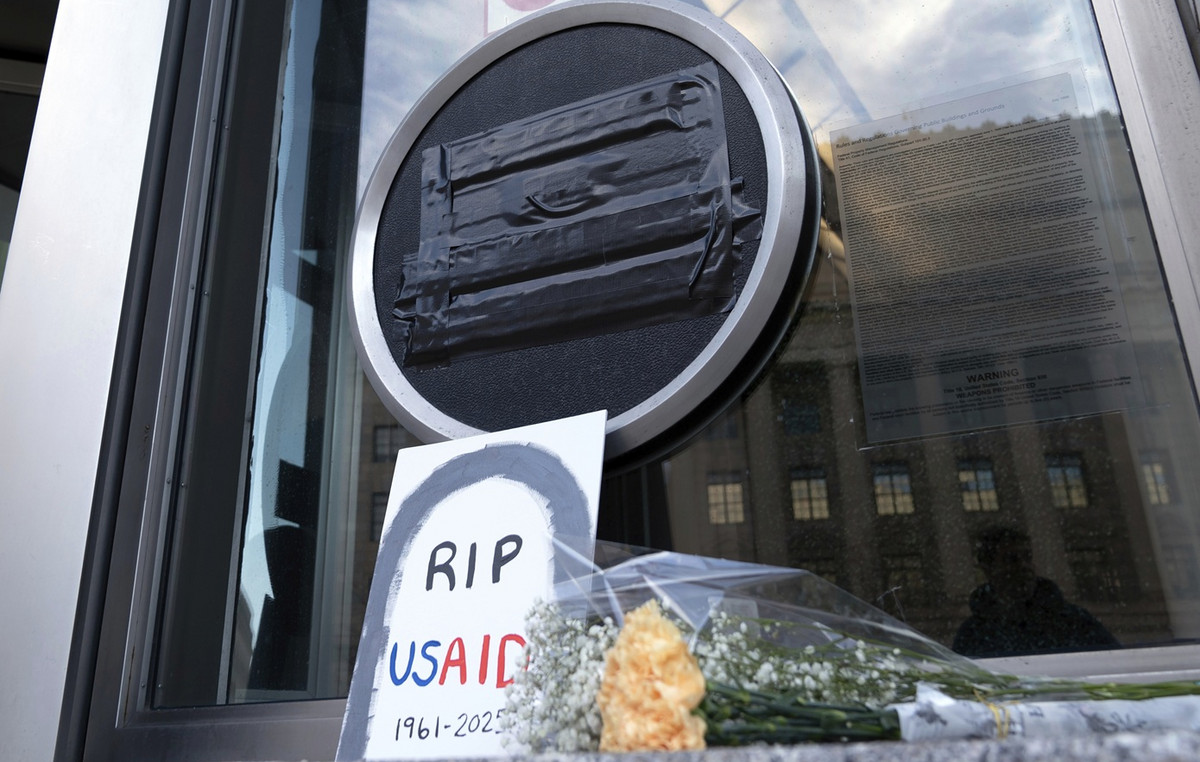There stem cell conservation from umbilical cord has become a topic of great interest in recent years. The advances made by scientific research have made it possible to highlight how the hematopoietic stem cell transplantation coming from the cord represents a life-saving therapy for the care of numerous diseases of the blood, congenital and acquired, such as immunodeficiencies and metabolic diseases.
So how does the stem cell conservation of the umbilical cord in Italy?
According to current legislation, in our country it is possible to choose to donate the blood contained in the umbilical cordso that it can be kept a solidarity purposes in one of the 18 Blood Banks that are part of the ITCBN network (Italian Cord Blood Network) and which are located in public or private hospitals affiliated with the National Health System, in 13 Italian regions. They refer to them 270 equipped birth points for the solidarity collection of the umbilical cord, 40 of which operate in regions where there is no cordon bank (The complete list of facilities can be consulted on the website centronazionalesangue.it)
Based on law (decree 18 November 2009), in Italy storage for dedicated autologous use in public banks is only permitted under certain conditions: in the event that, for example, the newborn is suffering from a disease in place at the time of birth or highlighted in the prenatal period or in the case in which there is a consanguineous with pathology current or previous history for which the use of stem cells from cord blood is appropriate. There donation for solidarity purposes as well as conservation for autologous use in public biobanks in case of pathologies, in Italy it has no cost because the expense is covered by the National Health System.
There legislation Italian on the other hand, it prohibits the establishment of private biobanks on the national territory and the conservation for autologous use only in the absence of the conditions established by law. However in our country i parents may decide to keep cord blood umbilical of the newborn for personal purposesobviously supporting the costs, at private structures based abroad.
What is the situation of donations in Italy
Although stem cells from the umbilical cord represent a valuable resource from a therapeutic point of view, donations in Italy are still few. According to the latest report “Umbilical cord blood banks 2021” of the National Blood Center, the percentage of donated cord blood, compared to deliveries in hospitals equipped with a cord bank, is still very low. On the approximately 250 thousand births that occurred, the units collected were only 2.5%. The figure is in any case growing compared to 2.2% in 2020a year characterized by a collapse of about 40% of donations, largely due to Covid-19.
In addition to this we must then consider that not always the conditions exist for which cord blood can be donated and subsequently stored in the banks of the cordon. L’suitability of the samplewhich is a crucial aspect, is in fact established through several phases.
Umbilical cord blood donation: what are the eligibility criteria?
Generally speaking, all of them mothers without pathologies and with a physiological pregnancy they may choose to donate umbilical cord blood. «First of all you do a preliminary interview to assess that there are no family problems or problems related to pregnancy that make donation impossible – explains Dr. Maria Bianchi of the National Blood Center – In this phase the percentage of ineligibility is usually very low because we are mainly used by families with physiological pregnancies “.
“The others eligibility criteria concern the time of delivery – continues Dr. Bianchi – particular health conditions of the mother during childbirth, such as the presence of fever rather than Covid-19 positivity, they can be contraindications to the donation “.
Furthermore, at the time of birth, mothers who have consented to the donation must provide a small blood sample to screen for infectious diseases such as hepatitis and HIV.
There third phase, which is then the decisive one, it concerns the moment in which thecord blood unit reaches the cord bank. What are the criteria at this point to establish which unit of blood donated can be kept and actually used in the future for an allogeneic transplant?
“In this phase, the inability to qualify can be linked to low cell count – explains Dr. Bianchi – By now we know that, if the cells are not in sufficient numbers, that unit cannot be used for a transplant, under penalty of jeopardizing the transplant procedure itself. The cells must be at least 1.4 billion per unit because under this threshold it is difficult for certain transplants to be performed ».
The blood volumeon the other hand, it does not seem to be a decisive criterion. «The volume is an indicative parameter – explains Dr. Bianchi – We know that units with low volume are poorly cellular, so we use it as a criterion to make a discriminant. But what matters is there quality of unity and cellularitythat is the number of cells contained in the sample “.
It was also recently a study published in the scientific journal Stem Cell Research & Therapy to consider the factors that can influence the quality of the cord blood units collected. The study, conducted by Dr. Stefania Fumarola, biologist and scientific director of In Scientia Fidesshowed that the volume of the collected unit is not the best indicator of stem cell content.
But once the donated cord blood sample is suitable for storage, what happens?
“As with all cell therapy products there are examinations that need to be performed to make that unit ready for clinical use – explains Dr. Bianchi – but it must be said that the percentage of blood units eliminated in this phase is really very low, precisely because the previous steps have led to a bankable and transplantable fact ».
As for the period of time in which they can be usable for the transplantation the stem cells of the preserved cord, there are no precise indications. “Once frozen, we have data that suggests that cord stem cells can be used up to 25 years – explains Bianchi – an expiration date has not actually been defined because it is impossible to repeat tests on small parts of units to evaluate their viability ».
Finally, an important factor that we often tend to ignore but which should be taken into consideration when choosing to donate the blood contained in the umbilical cord, concerns the possibility of using discarded samples.
«In the Italian cordon banks, all of themand units that are not eligible for a transplant they are however addressed for different uses – concludes Dr. Bianchi – They can be used for the production of platelet gel from umbilical cordwhich is indicated in the treatment of wounds, such as diabetic foot ulcer, but also for the production of eye drops for the treatment of some eye diseases. Not to mention that there is the possibility of using the red blood cells present in the cord blood for transfuse preterm infants. In fact, a cord bank hardly eliminates units from clinical use. “
Multiple sclerosis, Serena: “Stem cell transplant changed my life”
“Up to the top”: the great challenge of Francesca Masi, who, with a rare blood tumor, is preparing to climb Mont Blanc
Myelomonocytic leukemia: what is the tumor that affected Alessandro Baricco and how does it manifest itself
Source: Vanity Fair







